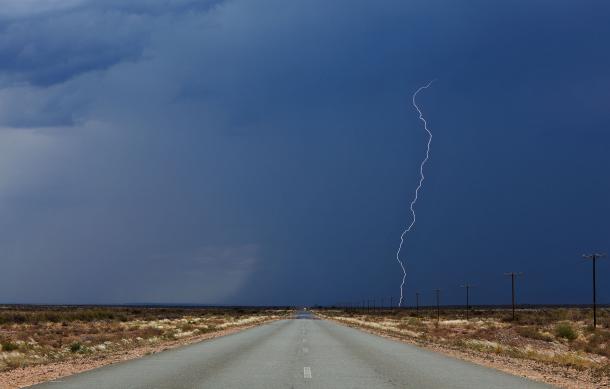
Thunderous weather is characteristic of this time of year, and the number of people who have been struck by or who have died from lightning bolts is significant.
That raises the question of how people can reduce their risk of exposure to being struck by lightning.
Jesaya Hatutale is a mathematics, physics, biology, and chemistry teacher at Windhoek Technical High School.
Hatutale has a passion for science and explains what happens during a lightning strike.
"Lightning is actually a way to discharge, it is a phenomenon used in discharging charges, which means that mostly during the thunderstorms, we have a lot of charges that are built up in the sky, especially on the clouds, and also charges that are induced on the ground. So lightning can take place in the sky between the clouds and also on the ground."
Hatutale emphasizes that lightning is not controlled by man and says no human 'per se', can attract a lightning strike.
"What attracts lightning is actually the surface where we are. It's very crucial to understand that lightning is attracted mostly by tall structures, for example, tall buildings or tall trees, as one might say. It is also drawn to open areas, isolations, and specific conductions."
The science teacher reiterates the risk of being in an open space, which he says poses more danger.
"You should be in a closed house, and when you're in the house, stay away from the windows, especially those with metal frames, because anything metal creates a pathway through which the current can flow, and lightning is static electricity, which means that if it's in conduct with a metal, it will pass-through, and if you're close to it, you may receive that shock in a significant amount of energy."
Among others, one has to avoid being close to doors, porches, or concrete.





